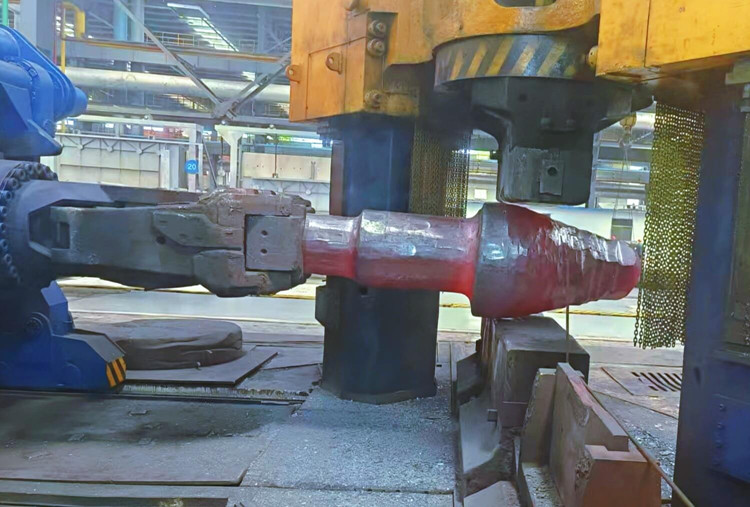- tyler@kirail.com
- +86 15603721115
There are many reasons for forging cracks. Today I will introduce in detail the causes of forging cracks caused by the precipitation of harmful impurities along the grain boundaries in forged steel.
Sulfur in steel often precipitates along the grain boundaries in the form of FeS. The melting point of FeS is only 982℃. At a forging temperature of 1200℃, the FeS on the grain boundaries will melt and surround the grains in the form of liquid film, destroying the bonding between the grains and producing hot brittleness. Cracks will appear after slight forging.

When the copper contained in the steel is heated in an overoxidizing atmosphere at 1100-1200℃, a copper-rich area is formed on the surface due to selective oxidation. When the solubility of copper in austenite exceeds the solubility of copper, copper is distributed at the grain boundaries in the form of liquid film, forming copper brittleness and making it impossible to forge.
If the steel contains tin and antimony, the solubility of copper in austenite will be seriously reduced, aggravating the tendency to embrittlement.
Due to the high copper content in steel forgings, selective oxidation occurs on the surface during the forging heating process, causing copper to be enriched along the grain boundaries, and the copper-rich phase nucleates and expands along the grain boundaries to form forging cracks.